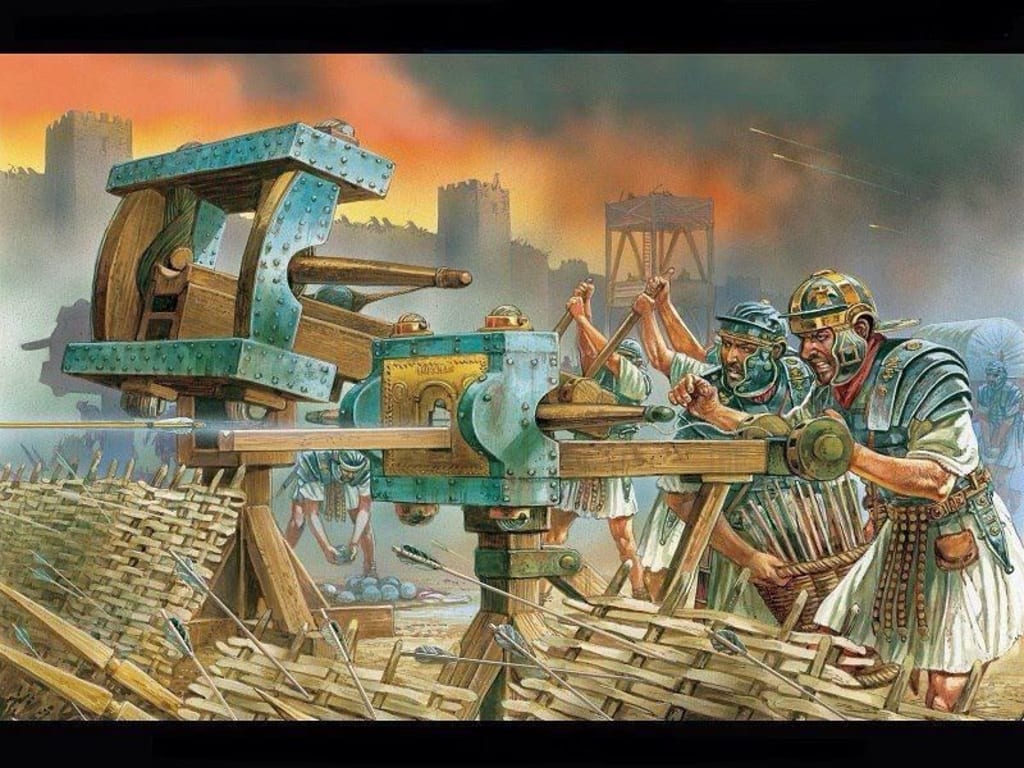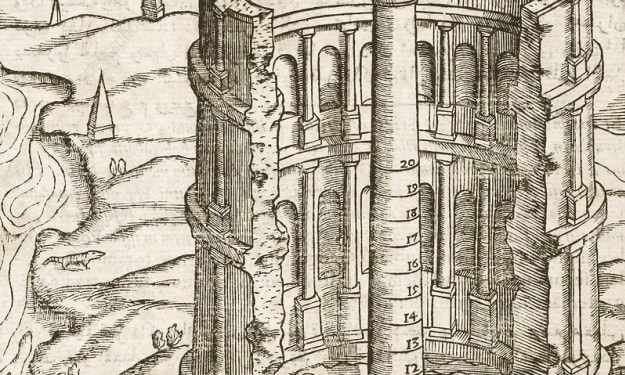How effective was Roman ballista?
Roman Ballista: A powerful ancient missile weapon designed to hurl large bolts and stones, demonstrating advanced military engineering.

The Roman ballista, a powerful and precise siege engine, stands as a testament to the engineering prowess and military ingenuity of ancient Rome. This artillery weapon, resembling a large crossbow, was pivotal in both offensive and defensive operations, offering a combination of range, accuracy, and devastating impact that made it a formidable tool in Roman warfare. Understanding the effectiveness of the Roman ballista involves examining its design, operational use, and historical impact on battles and sieges.
The ballista was designed to launch projectiles, typically large arrows or bolts, at enemy fortifications, troops, or even ships. Its construction involved a sturdy wooden frame, torsion springs made from twisted sinew or hair, and a throwing arm. The tension generated by the twisted ropes provided the power needed to propel the projectiles with significant force. The size of ballistae varied, with some small enough to be transported by a single soldier and others large enough to require several men to operate.
One of the key aspects of the ballista's effectiveness was its range and accuracy. Smaller ballistae could accurately target enemies at distances up to 300 meters, while larger versions could reach even further. The precision with which these weapons could be aimed allowed Roman forces to strike specific targets, such as enemy soldiers, commanders, or vulnerable points in fortifications. This capability was particularly useful during sieges, where the ballista could be used to weaken defensive walls or pick off defenders from a safe distance.
The destructive power of the ballista's projectiles also contributed to its effectiveness. The bolts launched by the ballista could penetrate enemy armor, cause significant injuries, and even break through wooden shields or light fortifications. In naval battles, ballistae were used to damage enemy ships, tear through sails, and kill or incapacitate crew members. The psychological impact of these powerful weapons, capable of inflicting severe damage from a distance, should not be underestimated, as they could demoralize opposing forces and weaken their resolve.
The operational versatility of the ballista made it an invaluable asset in the Roman military arsenal. It was deployed in various contexts, from field battles to sieges and naval engagements. In sieges, ballistae were often used alongside other siege engines like catapults and battering rams to breach enemy defenses and create openings for infantry assaults. The ability to dismantle defensive structures or suppress enemy archers and slingers gave Roman troops a significant tactical advantage.
Historical records and archaeological findings provide numerous examples of the ballista's impact on Roman military campaigns. During the Siege of Masada (73-74 CE), Roman forces employed ballistae to launch a continuous barrage of projectiles at the Jewish defenders, weakening their resistance and paving the way for the eventual Roman victory. Similarly, the Roman conquest of Britain saw the use of ballistae in battles and sieges, contributing to the success of the Roman legions against local tribes.
The effectiveness of the Roman ballista also lay in the rigorous training and discipline of its operators. Roman engineers and soldiers were trained to construct, maintain, and operate these complex machines efficiently. The standardized designs and modular construction of ballistae allowed for relatively quick assembly and deployment in various terrains and combat scenarios. This logistical flexibility ensured that Roman forces could leverage the ballista's capabilities wherever they were needed.
However, the ballista was not without its limitations. The time required to construct and set up these machines could be a drawback in fast-paced or unexpected combat situations. Additionally, the maintenance of the torsion springs and other mechanical components required skilled personnel and resources. Despite these challenges, the strategic advantages provided by the ballista far outweighed its drawbacks, cementing its place as a cornerstone of Roman military technology.
As researchers continue to study ancient Roman military artifacts and texts, more details are expected to emerge about the construction, usage, and significance of the ballista. This ongoing research will likely uncover further aspects of Roman military strategy, engineering innovations, and the logistical organization that enabled the effective deployment of such sophisticated weaponry. By delving deeper into these findings, historians hope to gain a more comprehensive understanding of how the Roman military maintained its dominance and adapted to the challenges of ancient warfare.
About the Creator
Marveline Merab
“History never repeats itself. Man always does.”
― Voltaire
Enjoyed the story? Support the Creator.
Subscribe for free to receive all their stories in your feed. You could also pledge your support or give them a one-off tip, letting them know you appreciate their work.






Comments
There are no comments for this story
Be the first to respond and start the conversation.